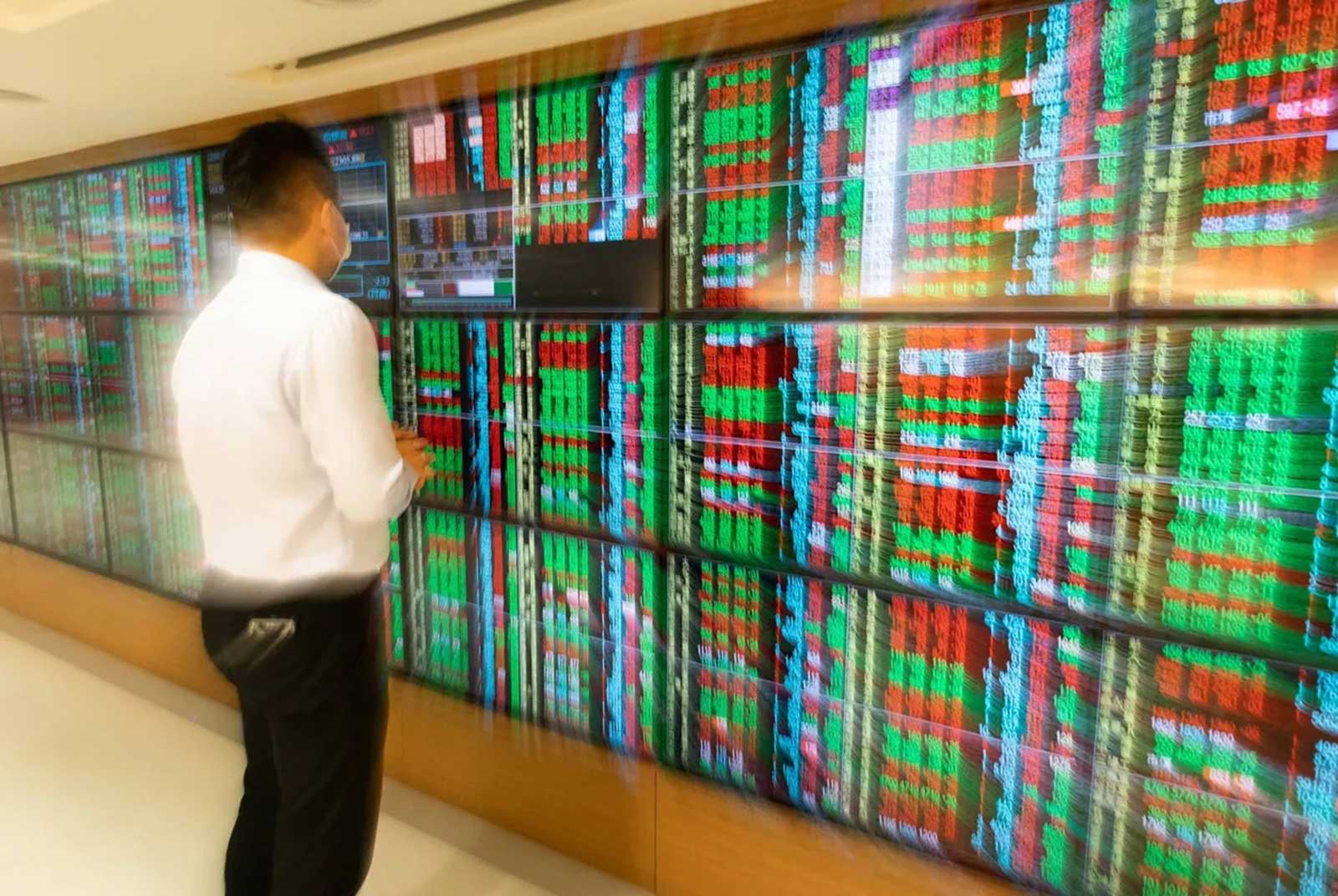Taiwan ETF growth tops the world, highlighting three major risks

Source:Ming-Tang Huang
High-dividend ETFs, once considered regular investment targets, have transformed into a speculative tool in Taiwan. With Taiwanese retail investors rushing to buy ETFs, boasting the world's highest five-year compound growth rate, what impact will this have on Taiwan's stock market?
Views
Taiwan ETF growth tops the world, highlighting three major risks
By Lisa Linweb only
A new Taiwan ETF has sparked a rush among investors, with individuals unlocking savings accounts, even borrowing small amounts to invest, leading to massive subscription volumes that caused brokerage systems to crash and suspend new subscriptions.
The monthly dividend-paying Yuanta Taiwan Value High Dividend ETF (00940), which started its fundraising on March 11, has already exceeded a trillion NT dollars in size, accounting for one-fifth of the daily trading volume on the Taiwan Stock Exchange.
The frenzy around Taiwan's ETFs has become a global spectacle, especially notable as J.P. Morgan Asset Management analyzed the global ETF market, highlighting Taiwan. With a five-year compound growth rate of nearly 40%, Taiwan's ETF market is ranked first globally, reaching a size of NT$3.9 trillion, trailing only Japan and China in Asia.
Meanwhile, Europe and the United States saw annual growth rates of only 19%. What's particularly noteworthy globally is that while Japan and China's ETFs benefit from government public funds and retirement funds, Taiwan relies solely on retail and corporate investors.
Taiwan's ETFs with a five-year compound growth rate rank first globally: (US$)
- Taiwan: 39% growth, $127 billion (total asset)
- India: 37% growth, $74 billion assets
- Mainland China: 32% growth, $368 billion assets
- New Zealand and Australia: 24% growth, $110 billion assets
- United States: 19% growth, $81,100 billion assets
- Europe: 19% growth, $17,400 billion assets
- South Korea: 18% growth, $82 billion assets
- Japan: 14% growth, $5,340 billion assets
- Southeast Asia: 12% growth, $30 billion assets
- Singapore: 11% growth, $70 billion assets
- Hong Kong: 8% growth, $49 billion assets
What's unique is that over 60% of beneficiaries are buying high-dividend ETFs, including the popular 00940, turning it into a speculative target rather than a long-term investment vehicle.
Unlike the basic market-cap-weighted ETFs such as 0050, high-dividend ETFs prioritize stocks based on dividend yields, including smaller companies with higher turnover rates and varying stock selection logics and factors.
The surge in 00940 also led investors to buy similar stocks in the Fubon Select High Dividend ETF (00919) and even directly purchase stocks from 00940's components, resulting in United Integrated Services Co. soaring by 40% and Evergreen Marine by 23%.
Since March, the trading volume of 00919 has skyrocketed, often surpassing TSMC in daily trading volume. "Investors are treating 00919 as a speculative target instead of a long-term investment," said Fubon Select High Dividend manager Xie Mingzhi.
These arbitrageurs' strategy involves buying 00919 or its components until 00940's fundraising concludes, intending to sell them off once they enter 00940.
However, investors face the risk of buying into ETFs with components already priced high, potentially leading to corrections in ETF net asset values when these components face significant sell-offs.
Investment experts advise caution, pointing out that new ETFs lack historical trading records, presenting higher risks. Even existing high-dividend ETFs experienced periods of large discounts post-listing due to surging inflows. Moreover, concentration risks increase as funds flow into similar stocks.
The focus on high-dividend stocks also raises concerns about smaller companies' liquidity and stock price impacts as ETFs grow larger. Last year, Yuanta diversified its index from 30 to 50 components as its 0056 ETF grew to $150 billion, aiming to address concentration risks and prevent tracking errors.
As the ETF frenzy continues, there are growing concerns about market liquidity skewness, potential difficulties for smaller companies to raise capital, and the long-term implications on Taiwan's economy.
In conclusion, the surge in Taiwan's ETFs highlights the risks of speculative behavior, concentration in high-dividend stocks, and potential impacts on market stability and smaller businesses, signaling a need for careful monitoring and risk management strategies.
Have you read?
- Taiwan stock market surpasses Hong Kong: true meaning?
- Taiwan’s white-collar fraud infiltrating banks
- Online Banking Takes Shape in Taiwan
Uploaded by Ian Huang






